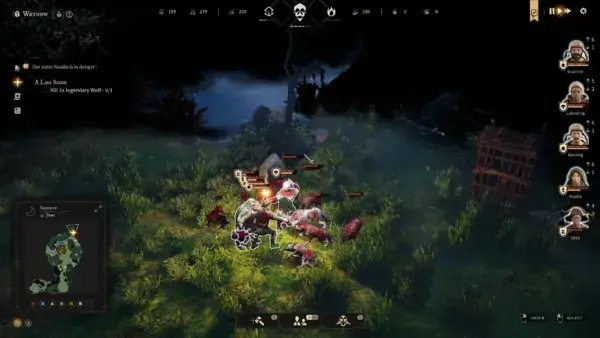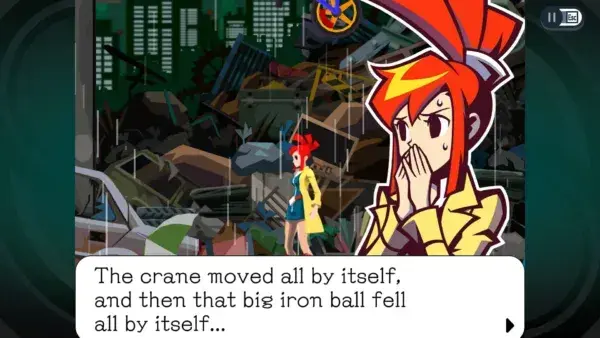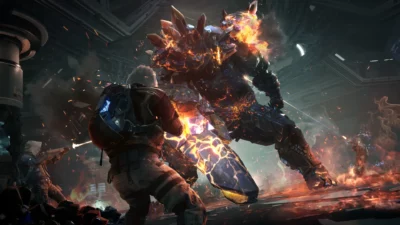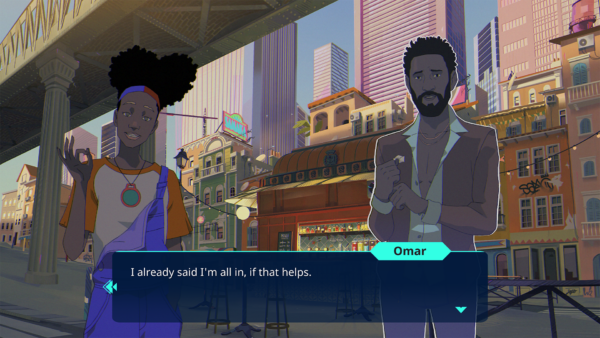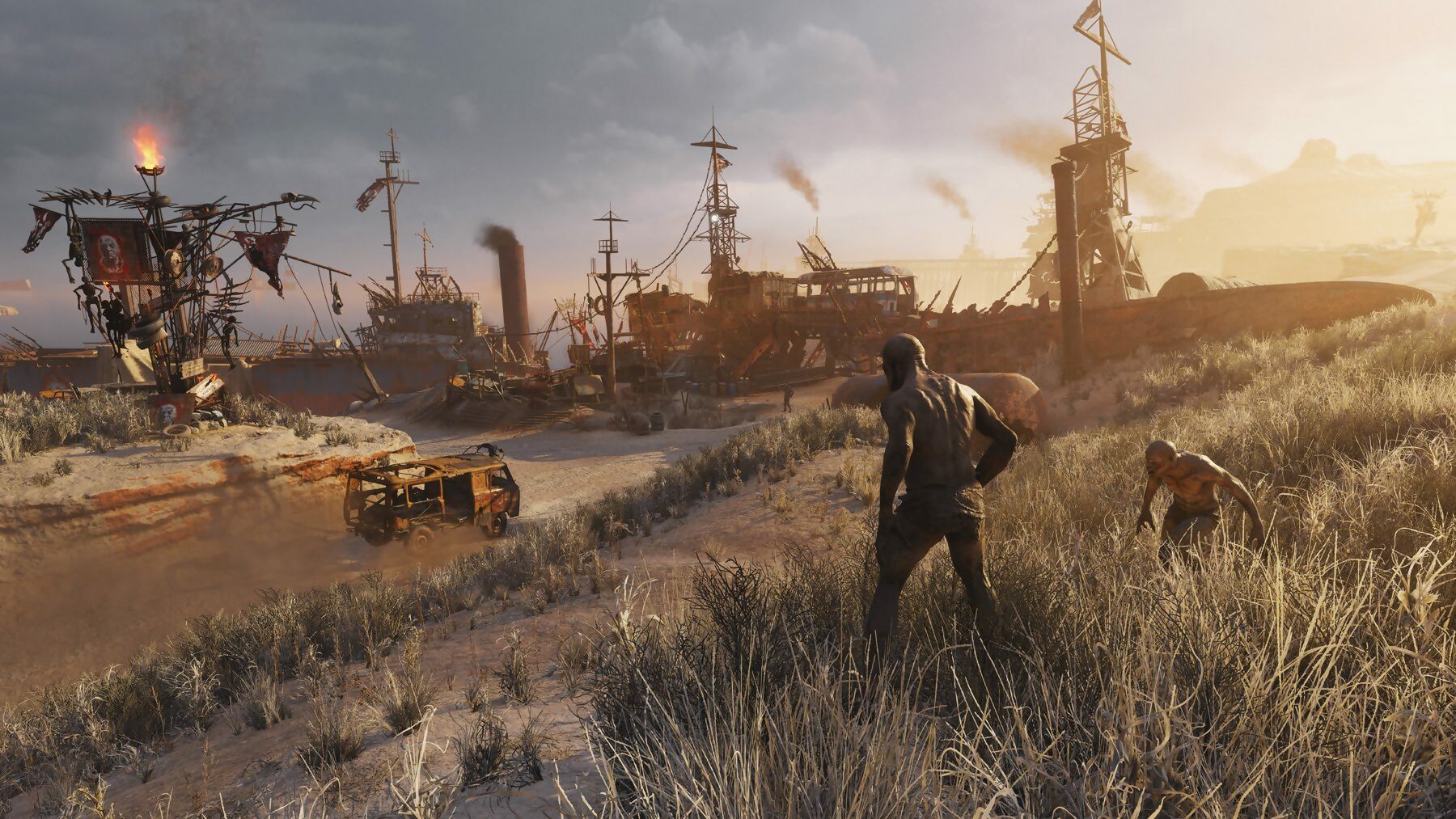
Cold, darkness, and claustrophobia. The first two editions of 4A Games’ post-apocalyptic shooter series were defined by these traits: a blend of survival horror and stealth, they added a Siberian twist that we don’t often see in mainstream gaming. And yet, if my recent hands-on time with Metro Exodus is anything to go by, the new third entry is set to live up to its subtitle in every sense of the word, swapping the dank bitterness of Moscow’s underground Metro for a multi-seasonal road trip across the continent.
Of course, it isn’t unheard of for Metro’s lowly protagonist Artyom to peek his head above ground. Both 2010’s Metro 2033 and its 2013 sequel, Last Light, gave us brief glimpses of what the post-nuclear fallout looked like on the surface, but in Exodus, it’s given far more attention. The sequel picks up roughly two years after the events of the last game, with Artyom and his band of Spartans aboard a locomotive, The Aurora, in search of a new home. Those worried that the series’ sense of horror might vanish among Exodus’ vistas can rest easy: the move into open-world territory comes with a whole host of nightmarish threats to contend with.

Each of Exodus’ diverse settings features its fair share of survivors and companions.
Surviving the sandbox
An early section I played through set in the spring, The Volga, is a great example of this. It may be a more polished version of the gameplay demo revealed at E3, but it’s a great demonstration of the multi-layered, more open-ended direction Exodus is heading. At first, it appears all too familiar: the remnants of last winter’s frost are still in the air as Artyom is asked to search a nearby refuge by Miller, the Spartan Order’s commander. Whereas previous games would funnel you to the objective via a linear route, though, Exodus takes off the restraints and lets you go wherever you please.
My path leads me to a rowing boat, which I use quietly so as to not scare the cult-like community responsible for signalling the Spartan caravan to a stop. Once aboard, I find a mother and daughter in need of safety, who do much to convince me that the bandits who’ve taken them hostage aren’t worth reasoning with. From here, I enter into Metro’s familiar brand of ‘fight or flight’ territory, whereby stealthing through heavily patrolled sections is encouraged, but often ends up in a firefight.
4A Games describes Metro Exodus as “a survival sandbox shooter”, yet while this theme ties into the narrative’s oppressive feel and emphasis on scavenging, you’re never forced to worry about hunger and thirst as you are in Fallout 76. Exodus instead keeps you on the back foot by keeping you mindful of whether your mask is on within a highly radiated area, or how many bullets you have left in a magazine clip. Sometimes, while on your way to a new objective, it’s better to simply sneak past a gang of amphibious mutants rather than waste precious ammunition.

The Caspian is one of many open-world hubs Exodus tasks you to survive in.
A place in the sun
The bulk of my five or so hours’ playtime was spent in a new summer-set portion of the game, The Caspian, where the dried-out air and sun-soaked nature of the desert has driven the game’s characters to a terrible thirst. No spoilers here: just know that it takes place significantly later on in the campaign, where the caravan has moved on to a new part of Russia. The basic formula didn’t deviate too much from The Volga, but The Caspian is indicative of just how much variety each hub contains.
The section begins with Artyom taking shelter in a nearby restaurant, saving himself from the sudden appearance of a vicious sandstorm. Metro Exodus was always going to look great, being the first entry developed for current-gen consoles (I played it in 4K on an Xbox One X), but the weather effects here still impress, and show a new side to the harshness of Metro’s devastated world. After a couple of run-ins with a mutant and bandit inside, my last kill yielded a key, which then gave me the chance to test out a vehicle – a first for the franchise. The camper van didn’t exactly handle well, but then I’ll take anything I can get in the apocalypse.
It isn’t long before Miller is back on my case, radioing in to ask me to check in on a local survivor holed up in a lighthouse and in need of assistance. Getting there involves driving across the Caspian map, zip-wiring into a dimly lit cave system before surfacing on the other side and taking down any enemies.
Trust Metro to take a section set in summer, and flip expectations by returning to the dark, close-quarters spaces of previous games. Best of all, Exodus also fits in a human story at the centre of all this devastation. It’s indicative of a series willing to explore new territory without losing sight of the horror overtones that made earlier entries such cult hits. Metro Exodus looks set to remain true to those roots, while expanding its horizons to take in more of its bleak – and now even more beautiful – post-apocalyptic world.

Finding new parts for your weapons gives you another reason to kill enemies and
loot their pockets.
Lock and Load
A full suite of makeshift contraptions – like the series’ infamous pneumatic gun – remain at your disposal in Metro Exodus, all boasting specific perks useful for dispatching a mutant or underwater beastie. Weapons are still upgraded via workstations, letting you craft the perfect killing tool with customisable sights and improved magazine capacities. You can also scavenge attachable gun pieces from fallen enemies. When is a shotgun not a shotgun? When it’s been modified with a revolver chamber.
Metro Exodus is out on 15 February for PC, Xbox One and Playstation 4.


